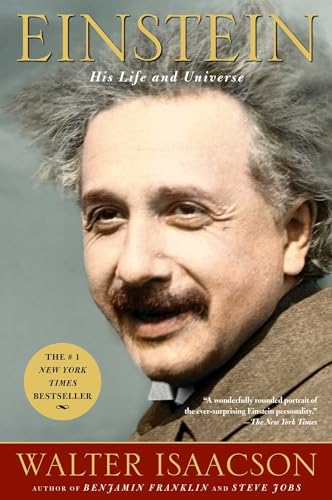

He did not rush to her or lay eyes on the little one, preferring to continue his scientific discoveries and tutoring jobs. This morphed into an Einstein who, when Maric was pregnant with their first (and illegitimate) child, chose to remain apart from her and waited for her father to announce the news of the baby’s birth before he replied with a number of curious questions about his daughter’s appearance. Their correspondence was anything but traditionally romantic, choosing instead to fuel their passion by discussing scientific papers. Isaacson illustrates some of his nature in Einstein’s post-secondary studies, where he met Mileva Maric, the woman he would eventually marry. From an early age, Einstein had a thirst for knowledge and chose to do things in a unique fashion. It would likely surprise few readers to learn that Einstein was a quirky fellow, though not in a ‘mad scientist’ way. Isaacson puts together a wonderful piece, both entertaining and educational, to depict a well-rounded approach to Einstein’s life. Using these three themes, the reader can better understand Einstein, while seeing many of his wonderful scientific achievements come to life on the written page. Isaacson pens another wonderful biography, in which he portrays Einstein in three distinct lights: the quirky individual, the scientific juggernaut, and the social commentator.

While the general public is well-versed in some of the better known aspects of Einstein’s life, there is much that helped shape him, even outside his scientific endeavours, that is of great interest to the reader. Taking a brief sojourn from the world of political biographies, I chose to tackle another of Walter Isaacson’s collection, this time focussing on prized scientist Albert Einstein.


 0 kommentar(er)
0 kommentar(er)
